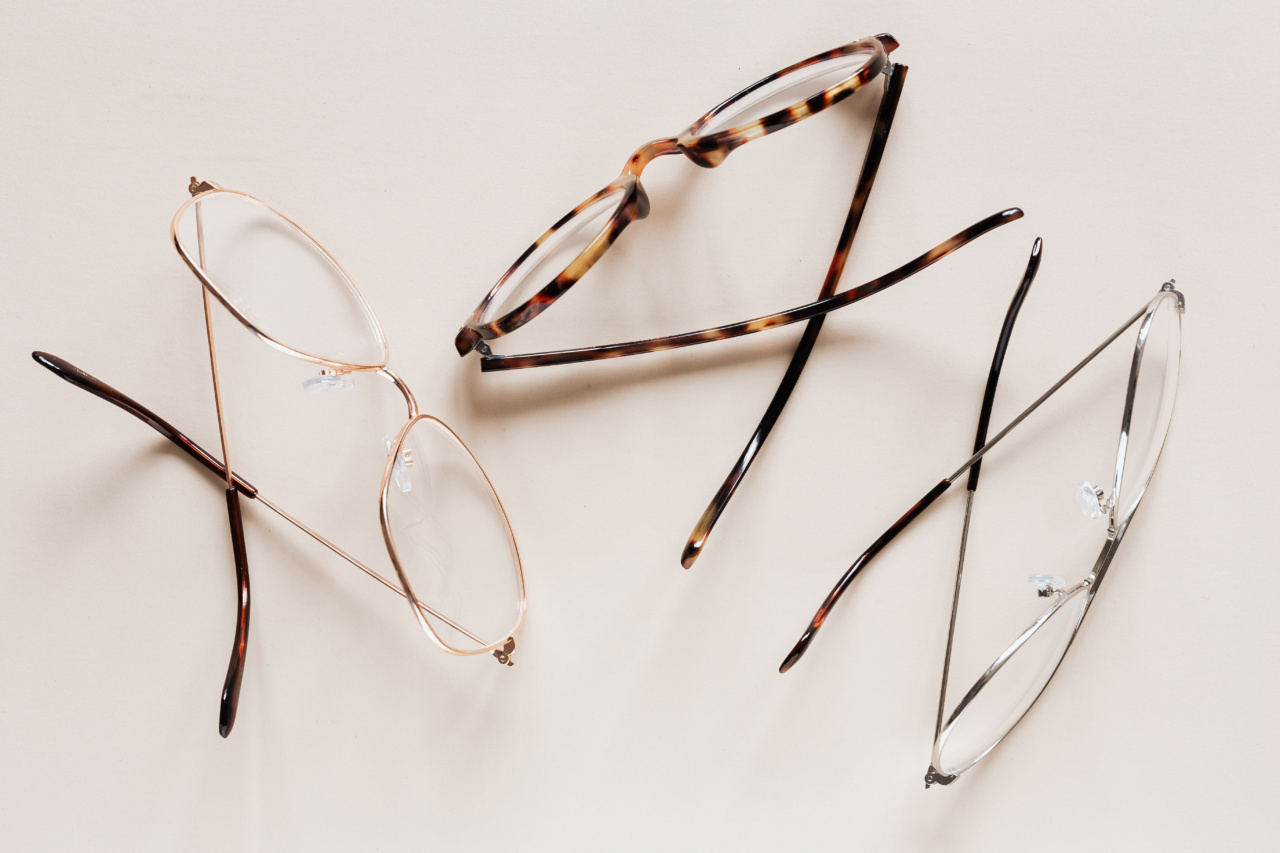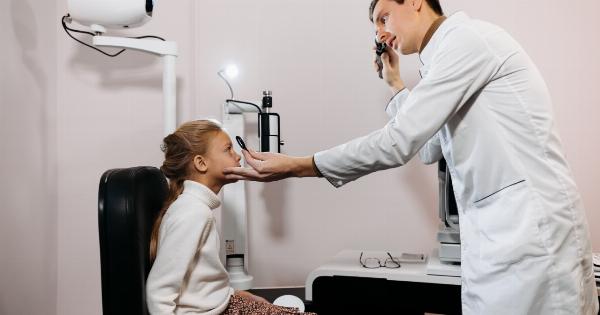Myopia, also known as nearsightedness, is a common refractive error that affects millions of people worldwide. It occurs when the eyeball is slightly longer than normal, causing light rays to focus in front of the retina instead of directly on it.
As a result, objects in the distance appear blurry, while close-up vision remains clear.
The Need for Myopia Correction
While myopia can be corrected with the help of prescription glasses or contact lenses, many individuals seek a more permanent solution.
This has led to the development of various surgical procedures to correct myopia, with laser-assisted techniques gaining popularity in recent years. Let’s explore the different conditions that make someone a suitable candidate for myopia correction with laser.
Age and Stability of Prescription
One of the key criteria for myopia correction with laser is the age of the patient. Generally, laser procedures are not recommended for individuals under the age of 18, as their eyes are still undergoing growth and development.
The prescription for myopia should also have remained stable for at least one to two years, indicating that the condition has stabilized.
Severity of Myopia
The severity of myopia plays a role in determining the suitability for laser correction. Mild to moderate myopia, typically up to -6.00 diopters, is generally more favorable for laser procedures.
Higher degrees of myopia may require alternative treatments or a staged approach to achieve optimal outcomes.
Corneal Thickness
The thickness of the cornea, the clear front surface of the eye, is a crucial factor in determining if laser correction is feasible. The cornea needs to have sufficient thickness to safely perform the laser treatment.
Thinner corneas may pose an increased risk of complications, and alternative treatments may be more appropriate.
General Eye Health
Before undergoing any surgical procedure, it is vital to assess the overall health of the eyes. Conditions such as dry eye syndrome, glaucoma, cataracts, or any other pre-existing eye diseases may affect the outcome of laser correction.
These conditions need to be managed and stabilized before considering myopia correction with laser.
Pregnancy and Nursing
Women who are pregnant or nursing are generally advised to postpone any elective surgical procedures, including myopia correction with laser.
The hormonal changes during pregnancy and lactation can temporarily affect vision, making it difficult to accurately assess the refractive error. It is recommended to wait until hormone levels stabilize after childbirth or breastfeeding.
Realistic Expectations and Motivation
It is essential for individuals considering myopia correction with laser to have realistic expectations regarding the outcomes.
While laser procedures can significantly reduce or eliminate myopia, perfect vision without any need for glasses or contact lenses may not be achievable for everyone. Understanding the limitations of the procedure and discussing expectations with the surgeon is crucial for a satisfactory outcome.
Stable General Health
Before undergoing any surgical procedure, it is important to ensure that the patient is in good overall health.
Conditions such as uncontrolled diabetes, autoimmune disorders, or immunodeficiency diseases may affect the healing process and increase the risk of complications. A thorough medical evaluation should be conducted to assess the patient’s suitability for myopia correction with laser.
Risks and Complications
As with any surgical procedure, myopia correction with laser carries certain risks and potential complications.
These may include dry eye, glare or halos around lights, undercorrection or overcorrection of refractive error, regression of correction over time, corneal ectasia (weakening and bulging of the cornea), and infection. The surgeon should discuss these risks with the patient and ensure that they have been adequately informed before proceeding with the procedure.
Post-Operative Care and Follow-Up
After myopia correction with laser, proper post-operative care is essential for a successful outcome.
The patient will be instructed to use prescribed eye drops, avoid rubbing their eyes, and protect their eyes from excessive sunlight or any potential trauma during the healing process. Regular follow-up appointments with the surgeon will be scheduled to monitor the healing progress and address any concerns the patient may have.
Conclusion
Laser-assisted procedures have revolutionized the field of myopia correction, offering a safe and effective alternative to traditional glasses or contact lenses.
However, it is crucial to consider the various conditions and criteria discussed above to determine the suitability for myopia correction with laser. Consulting with an experienced eye surgeon can help individuals make informed decisions and achieve the best possible outcomes.






























